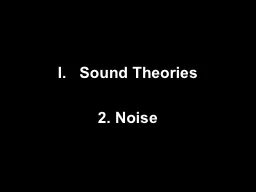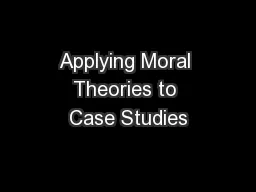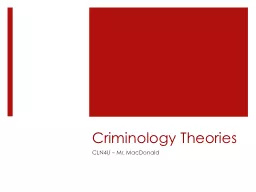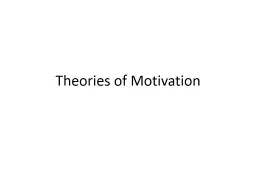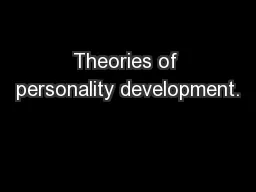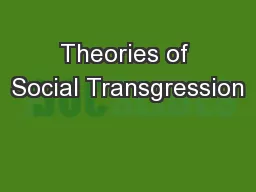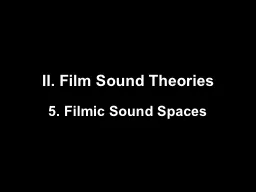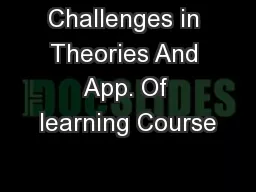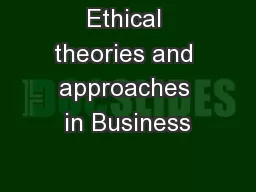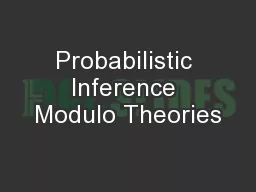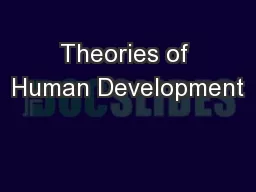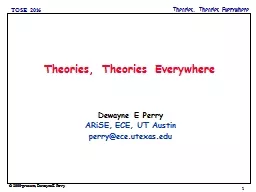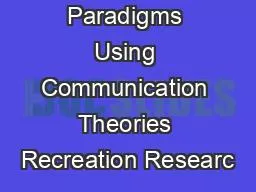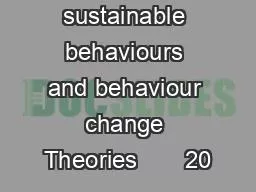PPT-Sound Theories
Author : marina-yarberry | Published Date : 2016-06-25
2 Noise 433 1952 by J ohn Cage Silence is Negative space The stuff between the notes p 40 Threatened and endangered Unattainable There is no aural equivalent
Presentation Embed Code
Download Presentation
Download Presentation The PPT/PDF document "Sound Theories" is the property of its rightful owner. Permission is granted to download and print the materials on this website for personal, non-commercial use only, and to display it on your personal computer provided you do not modify the materials and that you retain all copyright notices contained in the materials. By downloading content from our website, you accept the terms of this agreement.
Sound Theories: Transcript
Download Rules Of Document
"Sound Theories"The content belongs to its owner. You may download and print it for personal use, without modification, and keep all copyright notices. By downloading, you agree to these terms.
Related Documents

